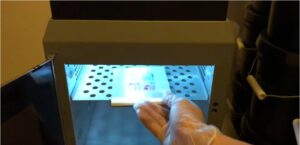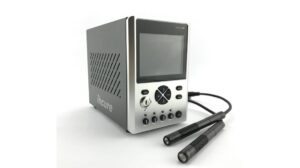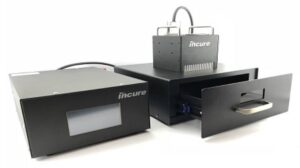Conformal coatings are essential for protecting electronic assemblies from environmental damage. While they offer significant benefits, it’s important to understand their limitations. In this blog post, we will delve into the drawbacks of conformal coatings to provide a balanced perspective for those considering their use in various applications.
What Are Conformal Coatings?
Conformal coatings are thin, protective films applied to electronic circuit boards and components. They shield the assemblies from moisture, dust, chemicals, and temperature fluctuations, thereby enhancing their reliability and lifespan. Common types of conformal coatings include acrylics, polyurethanes, silicones, epoxies, and parylene.
Drawbacks of Conformal Coatings
- Application Complexity:
- Precision Required: Applying conformal coatings requires precision to ensure uniform coverage without missing areas or creating excess thickness. This can be challenging and time-consuming.
- Specialized Equipment: Some coatings require specific equipment for application, such as spray booths or dip tanks, increasing setup costs and complexity.
- Removal and Rework Challenges:
- Difficult to Remove: Conformal coatings are designed to be durable, which makes them difficult to remove if rework or repairs are needed. This can complicate maintenance and increase labor costs.
- Potential Damage: Removing the coating can risk damaging the underlying components, especially if the coating is strongly adhered or if delicate parts are involved.
- Material Compatibility:
- Substrate Sensitivity: Not all coatings are compatible with every type of substrate. Incompatibility can lead to poor adhesion, delamination, or chemical reactions that degrade the protective properties.
- Component Sensitivity: Some electronic components may be sensitive to the solvents or chemicals used in certain conformal coatings, potentially causing damage during application.
- Curing Process Limitations:
- Extended Curing Times: Some conformal coatings require long curing times, which can slow down the production process and delay project timelines.
- Environmental Conditions: The curing process may be sensitive to environmental conditions such as temperature and humidity, requiring controlled environments to achieve optimal results.
- Thermal and Mechanical Stress:
- Thermal Expansion: Conformal coatings may crack or delaminate under thermal stress due to differences in the coefficient of thermal expansion between the coating and the substrate.
- Mechanical Flexibility: Coatings that are not sufficiently flexible may crack under mechanical stress, compromising the protection of the electronic assembly.
- Electrical Properties:
- Dielectric Strength: While conformal coatings are insulative, improper application can lead to variations in dielectric strength, potentially causing electrical malfunctions.
- Capacitance and Signal Interference: Some coatings can introduce unwanted capacitance or signal interference, which can affect the performance of high-frequency circuits.
- Cost Considerations:
- Material Costs: High-quality conformal coatings, especially advanced formulations like parylene, can be expensive.
- Labor and Equipment Costs: The need for specialized equipment and skilled labor for application and inspection can add to the overall cost of using conformal coatings.
- Inspection and Quality Control:
- Inspection Difficulty: Ensuring complete and uniform coverage can be challenging, especially for complex geometries or densely populated boards.
- Defect Detection: Detecting defects such as bubbles, voids, or incomplete coverage requires meticulous inspection, often involving UV light or other specialized techniques.
Conclusion
While conformal coatings offer substantial protective benefits for electronic assemblies, they come with their own set of challenges. Understanding these drawbacks is crucial for making informed decisions about their use. By weighing the pros and cons, you can determine the most suitable conformal coating solution for your specific needs, ensuring the optimal protection and performance of your electronic components.
Searching for high-quality uv curable conformal coatings? Our wide selection offers the perfect solution for your needs. Shop now or visit www.incurelab.com for more products available.





